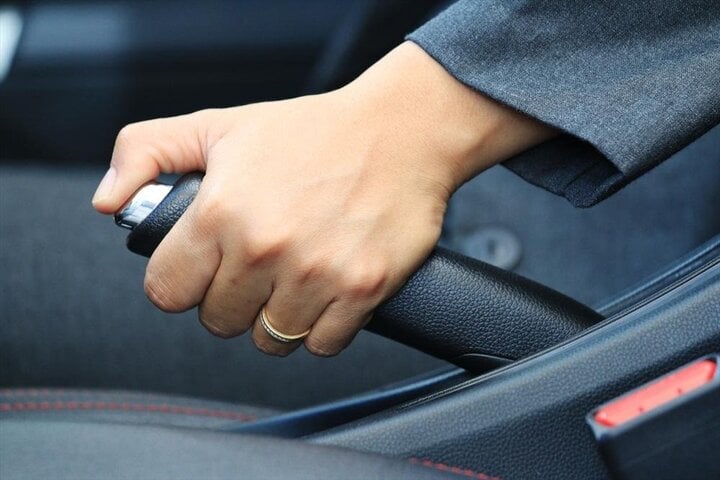Using brakes improperly can pose dangers to the safety of passengers inside the vehicle and lead to serious consequences for others involved in the surrounding traffic.
Brakes are one of the most crucial safety systems in a car. However, not everyone knows how to use brakes correctly and safely. Many drivers often wonder which wheels to brake: the front wheels, rear wheels, or all four wheels simultaneously?

When the car is in motion, all four wheels move together, so when braking, pressing the brake pedal should affect all four wheels simultaneously. Therefore, when braking, all four wheels of the car will brake at the same time. However, there is an exception, which is the handbrake. The handbrake operates independently on the rear wheels, and some car models have handbrakes that operate separately from the front brakes.
Moreover, nowadays, the ABS braking system ensures safety in cars, playing a crucial role in preventing the wheels from locking when braking. When a car brakes, the wheels stop rotating, resulting in only one surface in contact with the ground, reducing friction, and decreasing the effectiveness of the brake, which directly affects the driver’s steering.
Even on roads with high friction levels, the ABS system maximizes its effect. However, on snowy or low-friction roads, quick braking becomes less effective. Therefore, drivers should not overly rely on the ABS brake system but instead should base their braking on road conditions and actual speed control to ensure safe braking.












